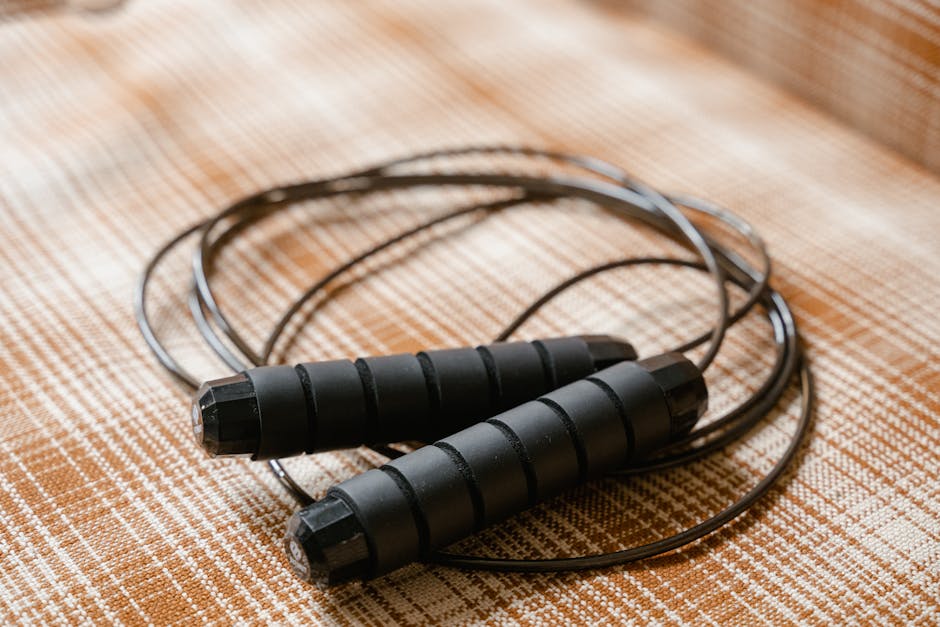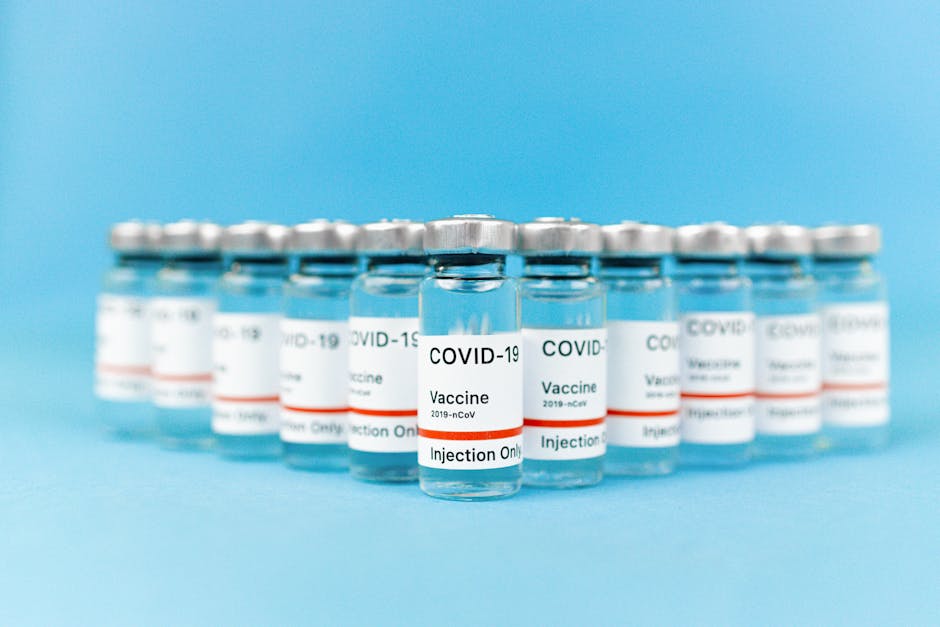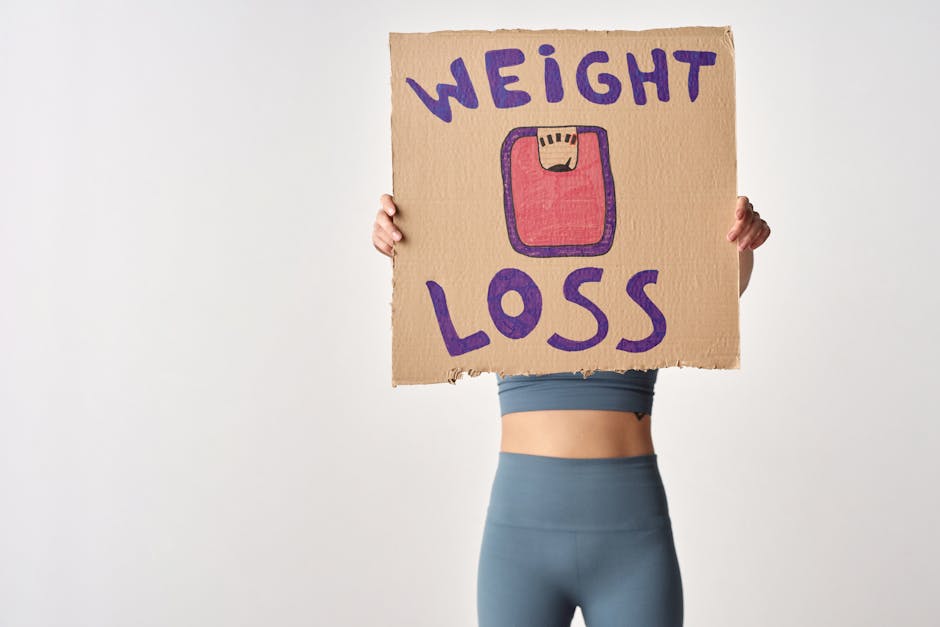Guidelines for Safe and Effective Weight Loss
Are you looking to lose weight safely and effectively? you’re not alone! Millions of people want to shed extra pounds and feel better. But with so much information out there, it can be hard to know where to start. In this article, well discuss guidelines that can help you on your weight-loss journey.
Why is Safe Weight Loss Important?

Weight loss is not just about looking good; it’s about feeling good, too. Losing weight too quickly can harm your body. Studies show that a gradual weight loss of about 1 to 2 pounds per week is safe and more sustainable.
When you lose weight slowly, you are more likely to keep it off long term. Rapid weight loss can lead to muscle loss and nutritional deficiencies. It can also make you feel tired and cranky. A safe approach helps you maintain energy and good health.
What Are the Basic Principles of Weight Loss?

Weight loss boils down to a simple formula: burn more calories than you consume. Here are some basic principles to keep in mind:
- Track your calories: Use apps or journals to monitor food intake.
- Eat a balanced diet: Include fruits, vegetables, lean proteins, and whole grains.
- Stay active: Aim for at least 150 minutes of moderate exercise each week.
These principles are the foundation of any effective weight-loss plan. Lets break them down further.
How Can You Create a Balanced Diet?

A balanced diet includes a variety of foods. This variety helps you get all the nutrients your body needs. Heres how to build your plate:
- Fruits and Vegetables: Fill half your plate with these. They are low in calories and high in fiber.
- Proteins: Include lean meats, fish, beans, or tofu. Proteins help you feel full longer.
- Whole Grains: Choose brown rice, quinoa, or whole-wheat bread. They provide energy and fiber.
Remember, moderation is key. You can still enjoy treats, but balance is essential. For example, if you have a piece of cake, also eat a salad later.
What Role Does Exercise Play?

Exercise is critical for weight loss. It not only burns calories but also strengthens your heart and muscles. Here are some tips to get moving:
- Find Activities You Enjoy: Whether it’s dancing, biking, or swimming, make it fun!
- Set Realistic Goals: Start with small goals, like walking for 10 minutes a day, then increase over time.
- Include Strength Training: This helps build muscle, which burns more calories even at rest.
Combining different types of exercise keeps things interesting. Aim for a mix of cardio and strength training throughout the week.
How Can You Manage Portion Sizes?
Portion control can make a big difference in your weight loss efforts. Here are some easy ways to manage portions:
- Use Smaller Plates: This can help you eat less without feeling deprived.
- Pay Attention to Hunger Cues: Eat when you’re hungry and stop when you’re full.
- Serve Meals at the Table: Avoid eating straight from the package to control your portions.
These simple strategies can help you avoid overeating and make healthier choices.
What Are Common Myths About Weight Loss?
There are many myths surrounding weight loss. Lets debunk a few of them:
- Myth: Carbs Are Bad. Truth: Not all carbs are created equal. Whole grains are good for you!
- Myth: You Can Spot-Reduce Fat. Truth: You can’t target fat loss in specific areas. It happens all over your body.
- Myth: Fad Diets Work. Truth: Quick fixes often lead to quick gains. Sustainable changes are key.
By understanding these myths, you can make better choices and avoid frustration.
How Can You Stay Motivated?
Staying motivated is essential for long-term success. Here are some tips:
- Set Achievable Goals: Break large goals into smaller, manageable ones.
- Track Your Progress: Use apps or journals to see how far youve come.
- Find a Support System: Join groups or share your journey with friends or family.
Celebrate your successes, no matter how small. Every step counts and deserves recognition!
What Should You Avoid?
Avoiding certain behaviors can help you stay on track. Here are a few pitfalls to watch out for:
- Avoid skipping meals: This can lead to overeating later.
- don’t rely solely on supplements or pills: They are not a substitute for a healthy diet.
- Steer clear of extreme diets: They are often unsustainable and unhealthy.
Make mindful choices to ensure you’re on the right path.
Where Can You Find Support?
Support is crucial on your weight loss journey. Consider these options:
- Professional Help: A registered dietitian can provide personalized advice.
- Online Communities: Join forums or social media groups focused on weight loss.
- Friends and Family: Share your goals and ask for encouragement.
Surrounding yourself with supportive people can make a huge difference.
Are There Any Important Takeaways?
Here are some key points to remember as you embark on your weight loss journey:
- Focus on a balanced diet and regular exercise.
- Set realistic and achievable goals to stay motivated.
- Be patient; sustainable weight loss takes time.
- Avoid quick fixes and extreme diets.
Weight loss is a journey, not a sprint. Embrace the process and celebrate your progress along the way!
For comprehensive information on nutrition and weight loss, consider checking resources like the USDA MyPlate.
In conclusion, safe and effective weight loss is achievable with the right strategies. By understanding the basics, staying motivated, and avoiding common pitfalls, you can reach your goals and maintain a healthier lifestyle.



